Shockwave Therapy
Shockwave Therapy
Chronic pain is a difficult health condition to live with because it prevents you from sustaining an active lifestyle and doing the things that you love. With our help, you can avoid the long and arduous process of traditional treatment methods by simply activating your body’s natural healing responses through Shockwave Therapy.
Shockwave Therapy is a non-surgical wellness treatment procedure that helps restore functionality and mobility for individuals with chronic pain in their muscles and soft tissues. It is a procedure without any complications as It is administered using a device that sends high-powered acoustic waves throughout the affected areas.
These waves break down any calcium or scar tissue deposits and interact with the affected areas, stimulating new blood vessel formations and tissue repair. As a result, the energy administered activates an accelerated healing response that helps patients recover in no time.
Tissue Regeneration Technology to address chronic pain in joints and tendons. Resolves most pain issues in 3-4 sessions-including for longstanding and chronic injuries for knees, ankles, plantar fasciitis, shoulder pain, wrist, carpal tunnel, tennis elbow.
Members of the International Society for Shockwave Medicine
Schedule Your Appointment
Shockwave Treatment
Extracorporeal Shockwave Therapy (ESWT) is a mechanotherapy consisting of pressurized sound waves which “reduces and reverses injury to damaged tissues or promote the homeostasis of healthy tissues.” ESWT is known to be a viable alternative option to shoulder, hip, and long-bone fracture surgery. ESWT is also helpful in treating plantar fasciitis, tennis elbow, joint inflammation, joint and nerve pain. (In agreement with the definition proposed by Huang C and collaborators).
Schedule an AppointmentShockwave Therapy Treatments
Chronic pain is a difficult health condition to live with because it can stop you from doing the things that you love and make it difficult to maintain an active lifestyle. With our help, you can avoid the long, and often invasive, traditional treatment methods by simply activating your body’s natural healing responses through Shockwave Therapy.
Shockwave Therapy is a non-surgical wellness treatment procedure that helps restore functionality and mobility for individuals with chronic pain in the muscles and soft tissues. This procedure makes use of high-powered acoustic waves which are sent through the affected areas, eliminating any complications.
The administered energy breaks down scar tissue deposits and stimulates blood vessel formation and tissue repair in the affected areas. This activates and accelerates the body’s natural healing response and helps patients recover in no time.
No matter how carefully you treat your body and avoid injury or strenuous activity, you have to understand that your body goes through wear and tear just from your everyday activities. Regardless if you’re living an active lifestyle or not, your body naturally accumulates damage that just comes with age and use. But it’s only later in life when the effects of chronic injuries and pain become a pressing concern.
You’re probably aware of the two most common treatments for chronic pain; analgesics, also called painkillers, and surgery. Analgesics are not a viable solution if you are after long-term healing. They do help manage pain, but their effectiveness decreases with time. Surgery is effective in both reducing pain and restoring mobility. The downside is that they often take a significantly long time to fully heal, sometimes months or years, and the rehabilitation period can take even longer. And because surgery is an invasive procedure, it carries risks of infection and tissue damage.
Here at Thriving Life Wellness Center, we offer alternative treatments that not only avoid the risks of surgery but, more importantly, accelerate the natural healing process and help you regain full control over your body. This revolutionary procedure is called Extracorporeal Shockwave Therapy (ESWT).
Shockwave Therapy was first used in the 80s to 90s as a treatment for kidney stones. It has since been used as a non-invasive treatment for chronic pain that directly targets the root cause of the pain, usually in the joints, tendons, and soft tissues. Because this procedure uses the body’s natural mechanisms of healing, it can effectively eliminate discomfort and restore functionality and mobility within the damaged areas.
Rather than using electrical pulses, this procedure makes use of high-powered acoustic or sound waves that are administered into the affected areas via a handheld emitter. The administered energy then permeates through the affected areas, stimulating and initiating some of your body’s responses, such as:
Breakdown of Calcium Deposits
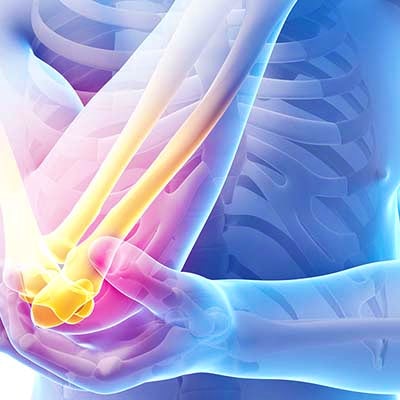
As a natural response to chronic pain and injury, “walls” of calcium form. Acoustic waves can break down these walls and reach the affected areas.
Formation of New Blood Cells
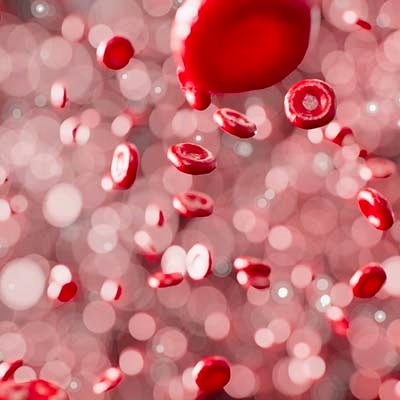
The soundwaves naturally cause harmless and short-lived bubbles in the capillaries. This stimulates the expression of growth factors.
Breakdown of Substance
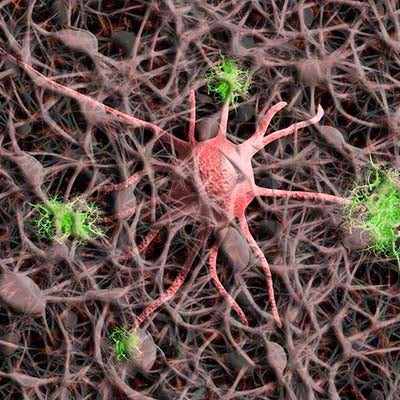
Substance P is a neurotransmitter that activates pain receptors. Lowering its concentration in the nerves relieves pain.
Chronic Swelling Reversal
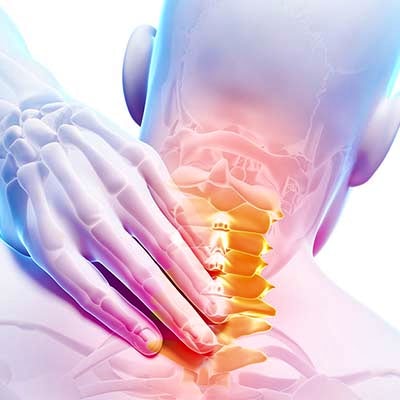
Mast cells in the targeted areas produce anti-inflammatory substances, facilitating healing and regenerative processes.
Collagen Production
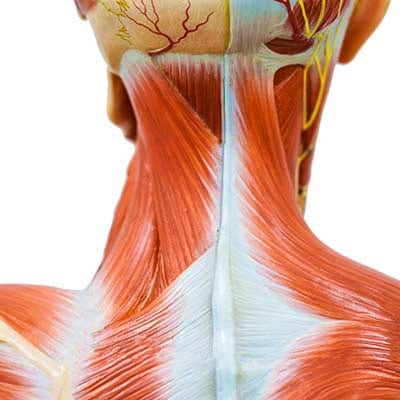
Collagen helps strengthen and stabilize tendon fibers.
Metabolic Crisis Reversal
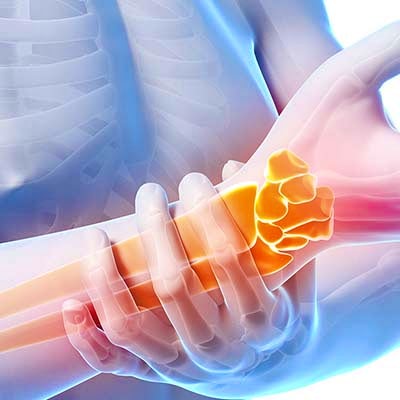
Acoustic waves help restore the normal metabolic function that gets disrupted by dysfunctional calcium pumps in the muscle cells, which can also trigger pain.
Conditions ESWT Can Help
Jumper's Knee (Patellar Tendonitis)

Jumper’s Knee is an injury of the patellar tendon, the tissue that connects the kneecap to the shin bone. This injury occurs because of activities that involve sudden, repetitive, explosive movements in the knee, such as jumping or running. The stress and trauma sustained from these activities trigger inflammatory responses within the affected area, which then leads to pain.
Shoulder Pain
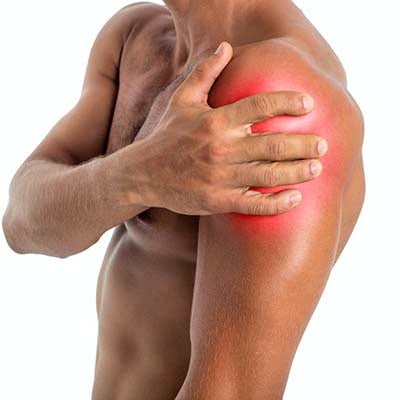
Several factors can be linked with shoulder pain, but it’s mostly influenced by calcifications, impingement syndrome, and issues related to the rotator cuff and shoulder joint.
Tennis Elbow

Tennis Elbow, or lateral epicondylitis, is a condition that happens when stress from repetitive wrist and arm motions overwhelms the elbow tendons.
Heel Spur/Plantar Fasciitis
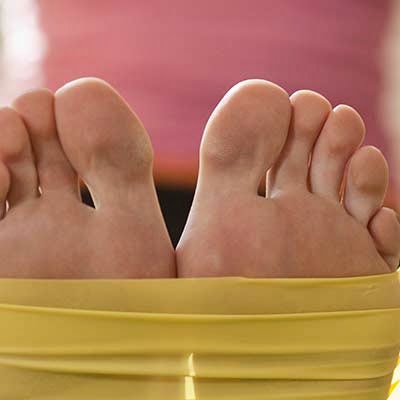
Plantar fasciitis is a foot injury that’s caused by the inflammation of the tissue that connects the heel to the toes. Usually associated with runners, other risk factors that contribute to this injury are tight calf muscles, obesity, and any occupations that wear out the feet.
Medial/Tibial Stress Syndrome

Medial tibial stress syndrome is an injury that occurs in the shin area. Similar to other tendon injuries, this type of condition is often caused by repetitive activities that cause damage and stress.
Hip Pain/SI Joint Pain & IT Band Pain
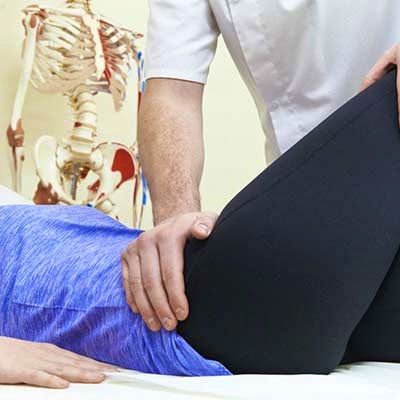
Besides accidents, hip pain, SI joint pain, and hamstring injuries or injuries are also caused by the natural wear and tear of cartilage and other connective tissues in our bodies.
Benefits
- Accelerated tissue repair and cell growth
- Analgesia/pain relief
- Mobility restoration
- Reversal of chronic inflammation
- Resolved edemas
- Release trigger points
- Treatment of stress fractures
- Promote increased bone mineral density
- Increased bony callus and higher calcium content tendon
- Bone healing disturbances, and
- Regenerative and trophic effects heart disease
Q & A
POSSIBLE ADVERSE EFFECTS
According to complications, the most commonly reported adverse events related to ESWT are local pain, particularly when applying high-energy ESWT, and in extreme cases intolerance, petechiae, local erythema, and hematomas.
DOES THE TREATMENT HURT?
Although slight bouts of discomfort may be present during its treatment, the intensity of Shockwave therapy procedures can be easily adjusted. Acoustic wave emissions also typically only last around 5 minutes, so patients will have an easy time tolerating any pain, if at all.
HOW MANY SESSIONS ARE REQUIRED?
Because the treatments are progressive, patients will usually be all set for recovery after just 3-5 sessions. Of course, the exact number of Shockwave therapy sessions will depend on the body’s overall response.
WILL THERE BE PAIN POST-TREATMENT?
Within 2-4 hours after treatment, patients may experience some mild discomfort in the treated areas, but no intense pain.
WHAT ARE THE RESTRICTIONS AFTER THE TREATMENT?
Although patients will experience immediate pain relief after the treatment, they should avoid any strenuous activities for at least 3 days after each session.
Schedule an AppointmentResearch
The FDA approved the use of ESWT for the treatment of heel spurs in 2000, and tennis elbow in 2002.
ESWT is an effective treatment for many types of injury because it promotes cell proliferation, which is vital in wound healing, and the release of cellular ATP, which, once broken down into adenosine, has strong anti-inflammatory effects (Weihs et al. 2014). In treating acute and chronic soft tissue wounds, ESWT is favorable because it is not only effective but also because it is a feasible and practical treatment (Schaden et al. 2007). Most patients responded well and were easily able to tolerate the procedure, in comparison to corticosteroids or surgery. A study done on stress fractures showed that medium and high-energy focused ESWT produces excellent results, with faster return to competition and athletic activity stimulation of bone turnover, osteoblast stimulation, and neovascularization using mechanotransduction (Leal et al. 2015). In the aforementioned study, pain was significantly lower in shockwave-treated tibias in periods as short as three weeks, and patients were completely pain-free in 12 months.
Up to 80% of the same patients worldwide report that Shockwave therapy has helped them eliminate their problem. Shockwave therapy enhances the healing process, fights inflammation, eliminates pain and tenderness, and can help patients avoid the need for hip replacement surgery. In 79% of patients with necrosis Shockwave therapy also improves osteonecrosis of the femoral head.
Another study reported that low-energy shock wave treatment led to alleviation of pain and improvement of function in 90% of their 50 patients with chronic tennis elbow (Wang 2002).
The patients that received ESWT treatment had significantly better outcomes than those who did not. 61.4% of the ESWT group were pain-free, 36.3% were improved, while 2.3% were unchanged, compared to the placebo group where all patients remained unchanged.
Original research on the osteogenesis effect of ESWT found that it was able to greatly improve the blood perfusion and metabolism of soft tissues which had been impeded by chronic inflammation (Gerdesmeyer et al. 2015). This means that shock wave therapy could be a viable option for patients suffering from impaired bone quality such as osteoporosis.
In a study on ESWT in treating calcific tendinitis of the shoulder, patients who received ESWT treatments showed greater improvement in higher numbers than those who received a placebo treatment (Hsu et al. 2008). 33 patients received ESWT, while 11 received the placebo. Of the ESWT group, the calcium deposits were completely eliminated in 21.2%, partially eliminated in 36.3%, and unchanged in 45.4%, in contrast to the placebo group where it was completely eliminated in 0%, partially eliminated in 15.3%, unchanged in 84.7%. Another study on calcific tendinitis of the shoulder showed that, over two years, ESWT patients had better outcomes:
The overall results of the study group were 60.6% excellent (20 of 33 shoulders), 30.3% good (10), 3.0% fair (1), and 6.1% poor (2), and those of the control group were 16.7% fair (1 of 6 shoulders) and 83.3% poor (5). The symptom recurrence rate in the study group was 6.5%. Dissolution of calcium deposits was complete in 57.6% of the study group, partial in 15.1%, and unchanged in 27.3%. Fragmentation was seen in 16.7% of the control group patients; in 83.3% deposits were unchanged. No recurrence of calcium deposits was observed during the 2 years that the study group was followed. (Wang et al. 2003).
ESWT clearly shows promise for pain relief and functional restoration of calcific tendinitis in the long-term, with negligible complications.
